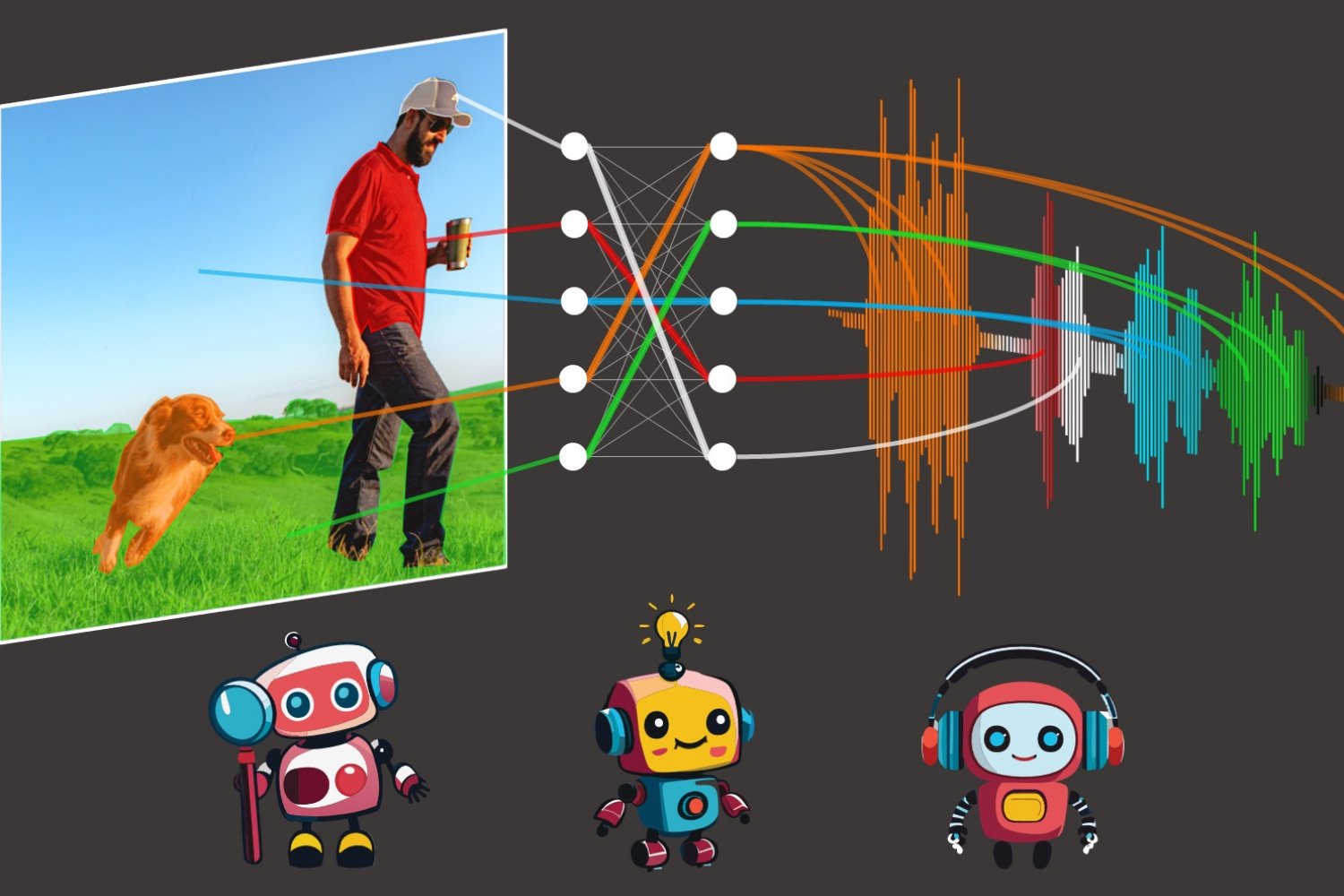🧬 Genome Editing
AI is revolutionizing genome editing with unprecedented precision and efficiency, transforming genetic research and medicine.

Today's Highlights
- How AI is helping in genome editing
- Learn - a couple of courses to further your knowledge in AI
- AI Jobs - a listing of fresh jobs related to AI
- In Other News - a few interesting developments we're tracking
Genomic editing, also known as genome editing or gene editing, is a set of techniques that allow scientists to modify an organism's DNA with high precision. These modifications can include the insertion, deletion, or alteration of specific sequences within the genome.
One of the most widely used techniques in genomic editing is CRISPR-Cas9. This method utilizes a guide RNA, which is a small piece of RNA designed to match a specific DNA sequence in the genome. The Cas9 enzyme acts like molecular scissors, cutting the DNA at the location specified by the guide RNA. Once the DNA is cut, the cell's natural repair mechanisms fix the cut, which can be harnessed to introduce, delete, or alter genetic material.
Another technique involves Zinc Finger Nucleases (ZFNs). These use engineered proteins, called zinc finger domains, that can bind to specific DNA sequences. Attached to these domains is the FokI nuclease enzyme, which makes a cut at the target site. The cell then repairs the cut, allowing for genetic modifications. Similarly, Transcription Activator-Like Effector Nucleases (TALENs) use TAL effector proteins designed to bind specific DNA sequences, guiding the FokI nuclease to the target site to make a cut, followed by cell repair and modification.
The applications of genomic editing are vast. In medical research and therapy, it can be used for gene therapy to treat genetic disorders by correcting defective genes in patient cells, and in cancer research to create models for studying cancer genetics and developing targeted treatments. In agriculture, genomic editing can enhance crop traits such as disease resistance, yield, and nutritional content, as well as improve traits in livestock, like disease resistance and productivity.
- Inscripta is a genome editing company that integrates AI with its proprietary CRISPR-based platform to facilitate rapid and precise genetic modifications. The company's platform allows for large-scale, automated, and high-throughput editing, making use of AI to optimize the editing process and predict outcomes.
- Synthego combines AI with its genome engineering expertise to provide high-quality CRISPR tools and services. Their AI-driven platforms helps design and optimize guide RNAs, improving the success rates of CRISPR experiments and enabling more precise gene edits.
- Precision BioSciences utilizes a proprietary genome editing platform called ARCUS, which is based on engineered homing endonucleases. AI plays a role in optimizing the design and function of their editing enzymes, improving the precision and effectiveness of their therapeutic applications.
AI enhances genome editing by providing powerful tools for design, analysis, optimization, prediction, integration, automation, and therapeutic development. This synergy between AI and genome editing accelerates research and development, paving the way for advancements in genetics and personalized medicine.
📚 Learn
|
IBM
|
|
University Of Michigan
|
🧑💻 Jobs
|
Blue Cross and Blue Shield of North Carolina
|
|
BlackLine
|
🔔 In Other News





